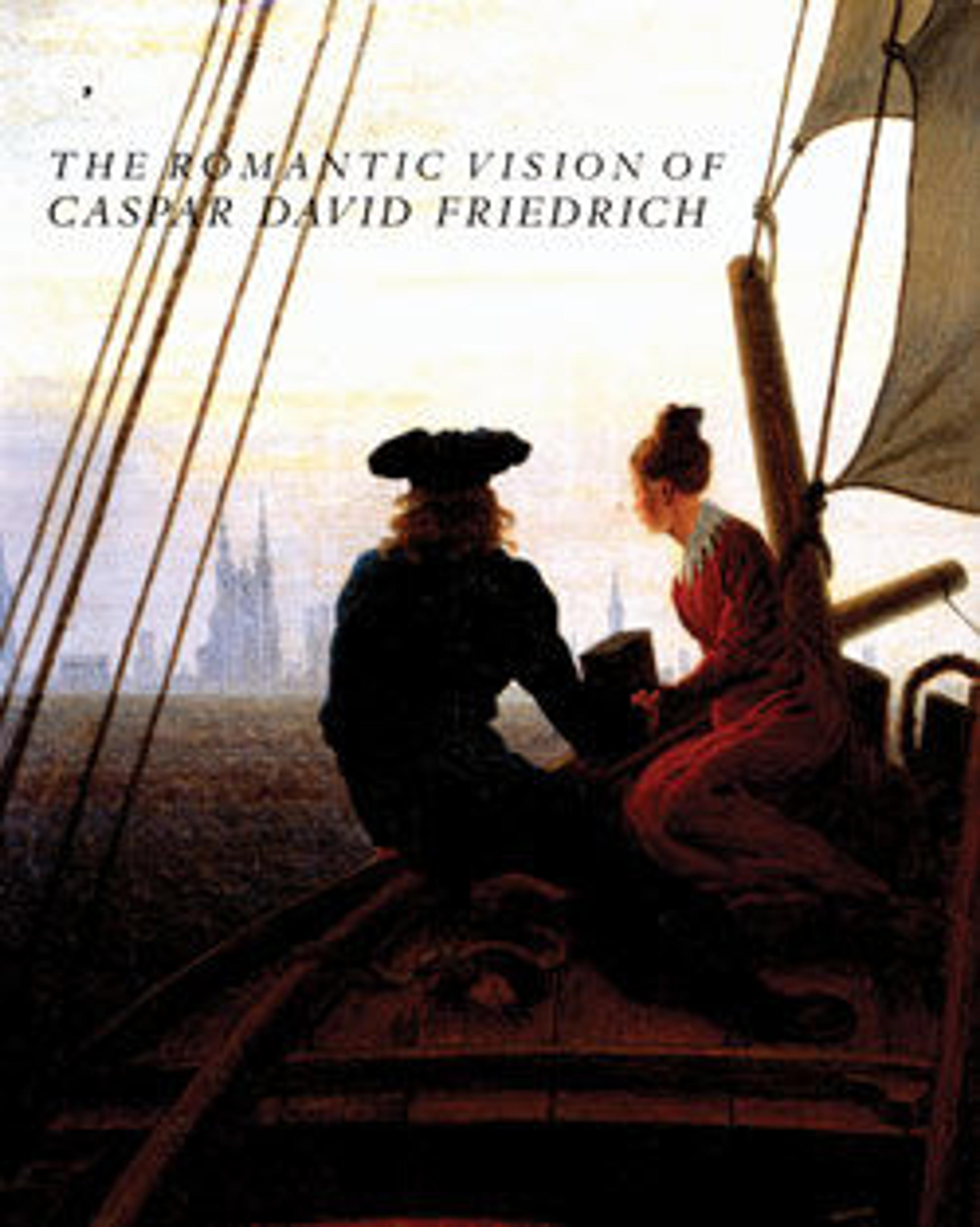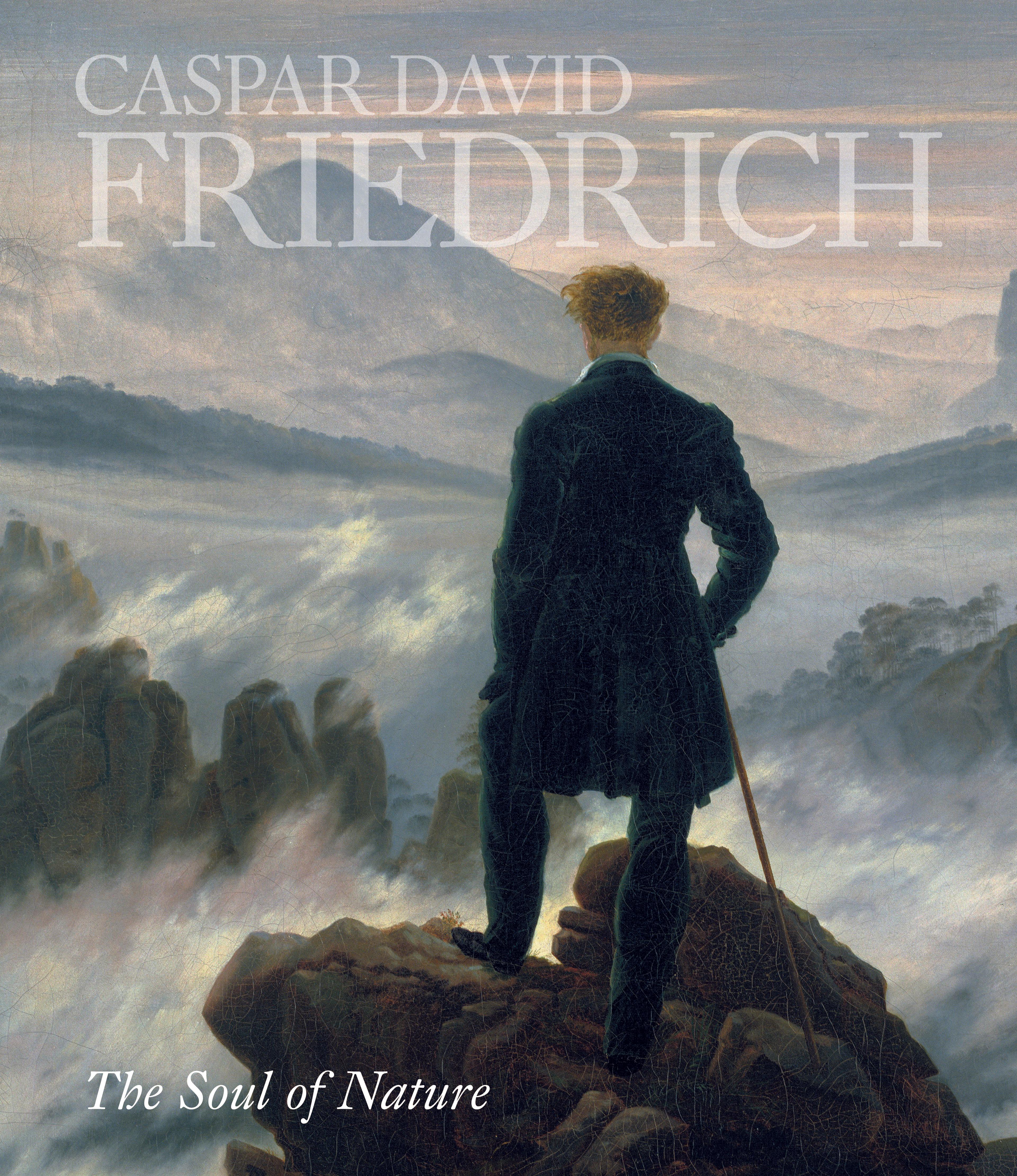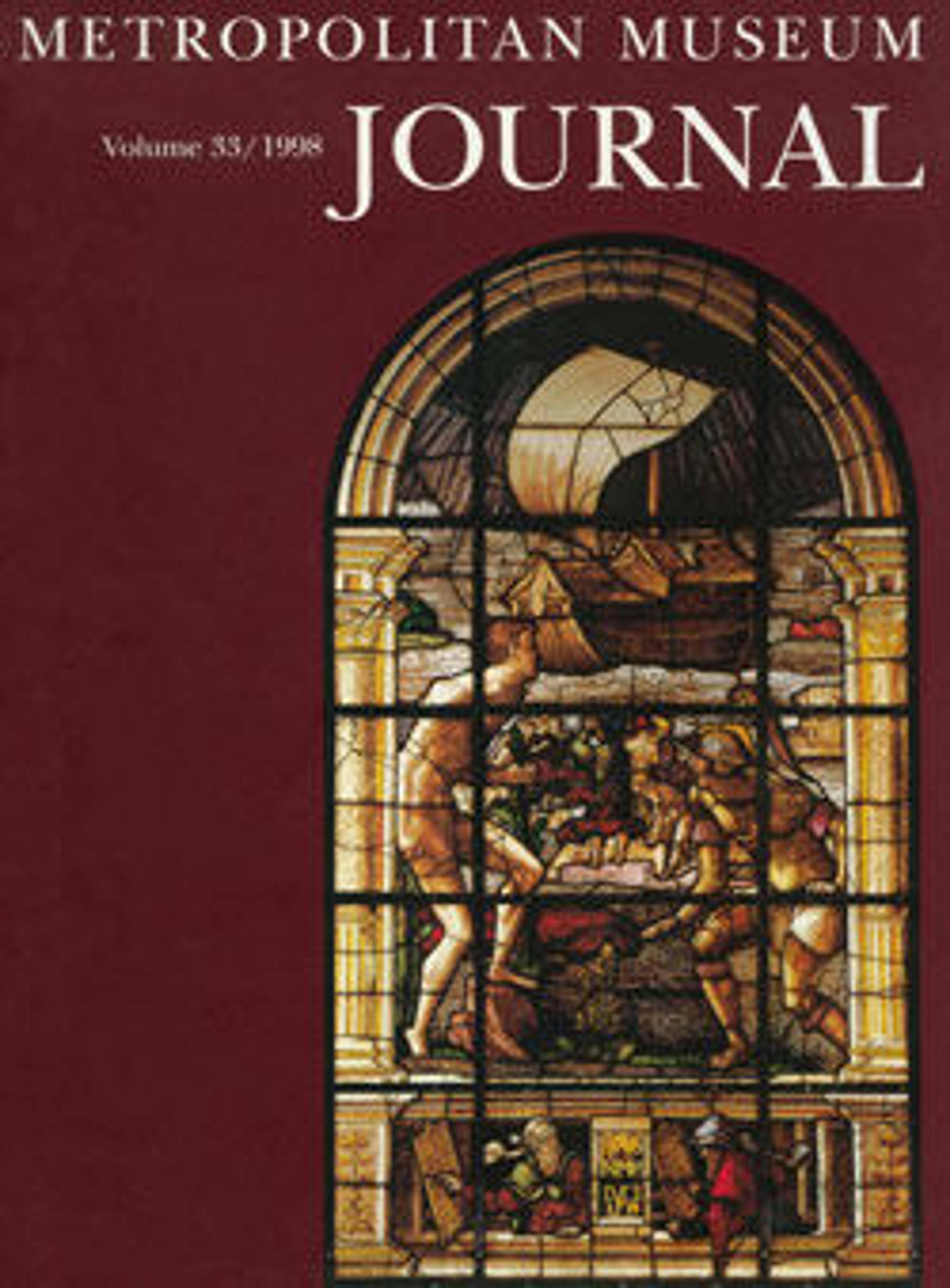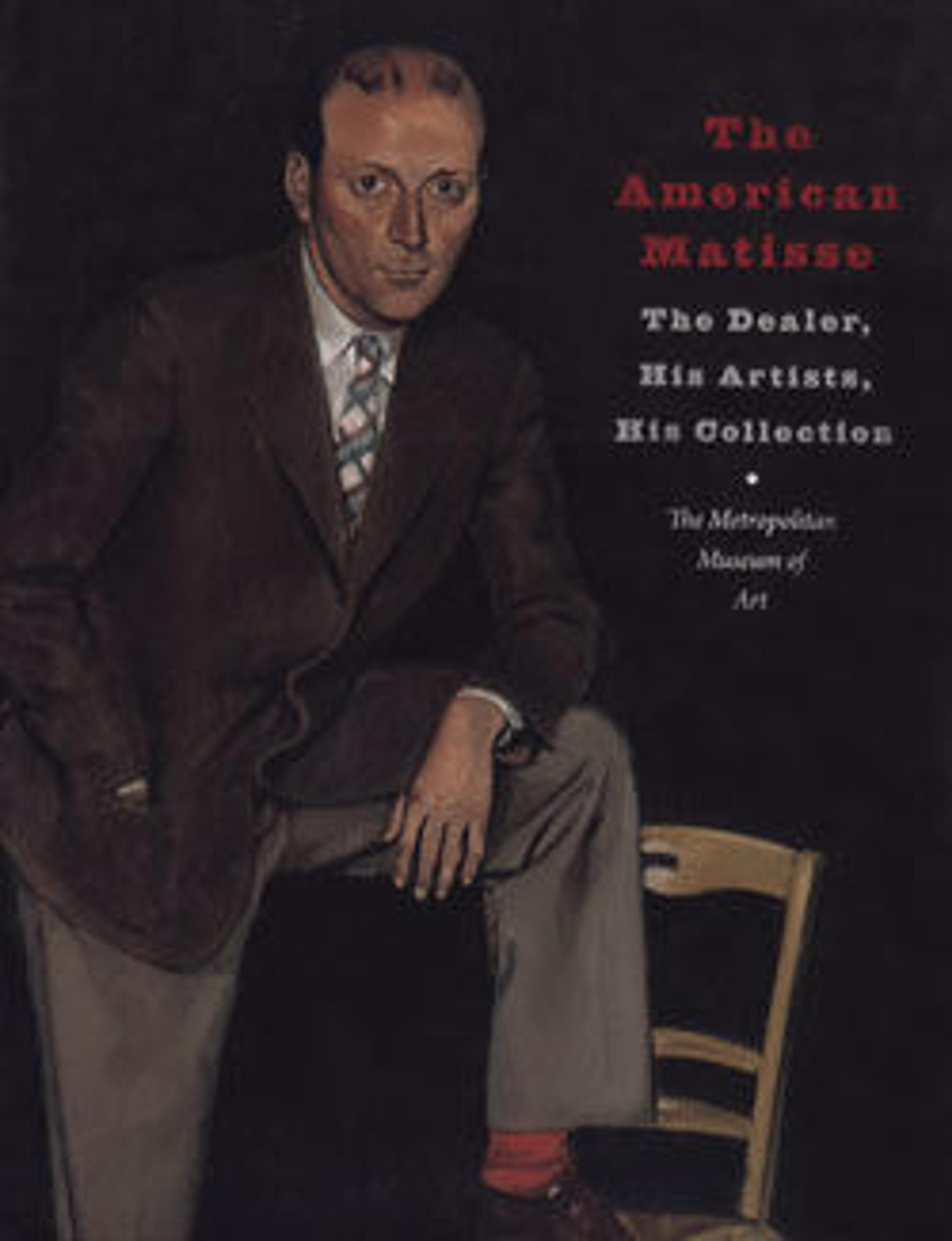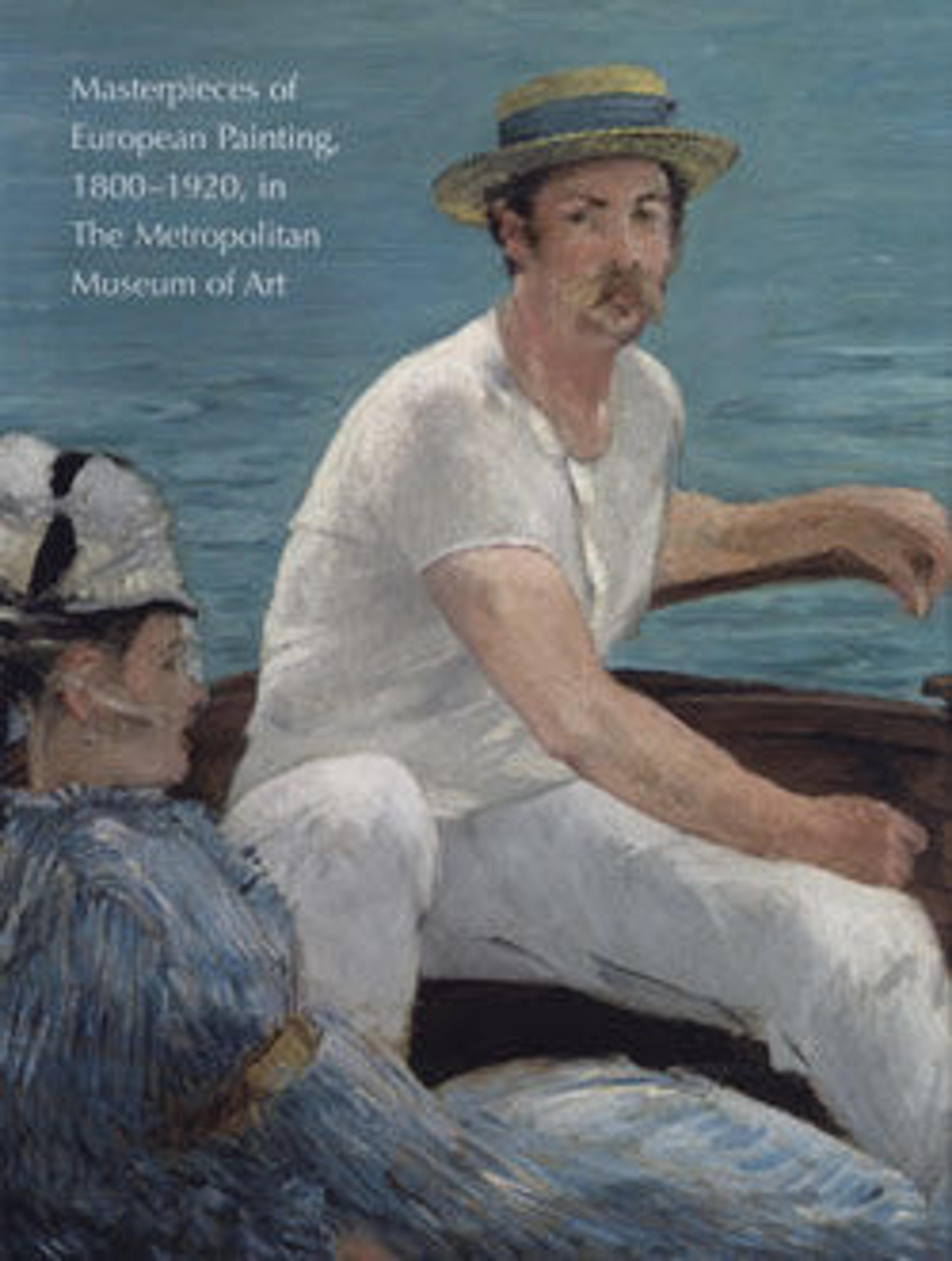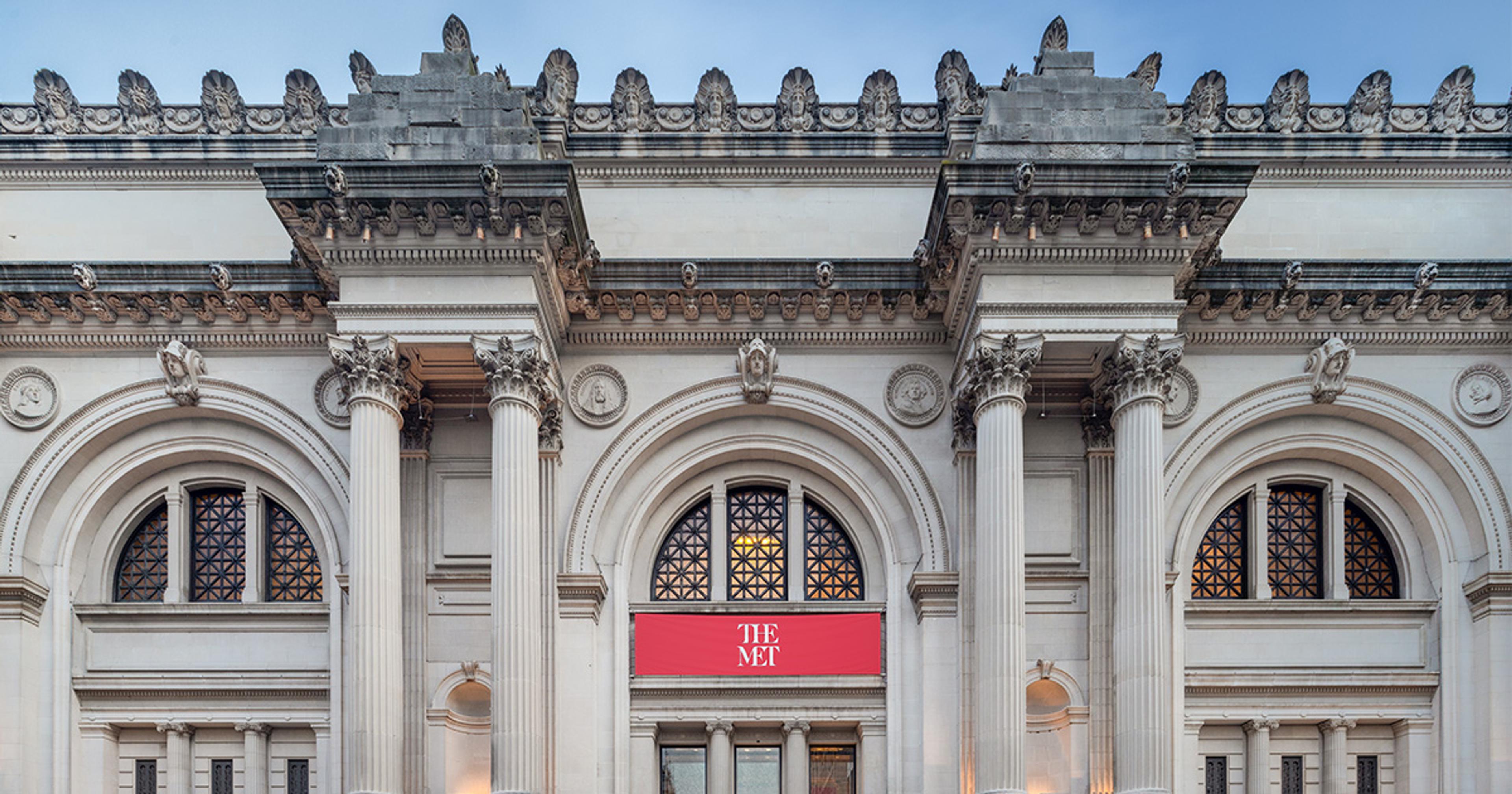
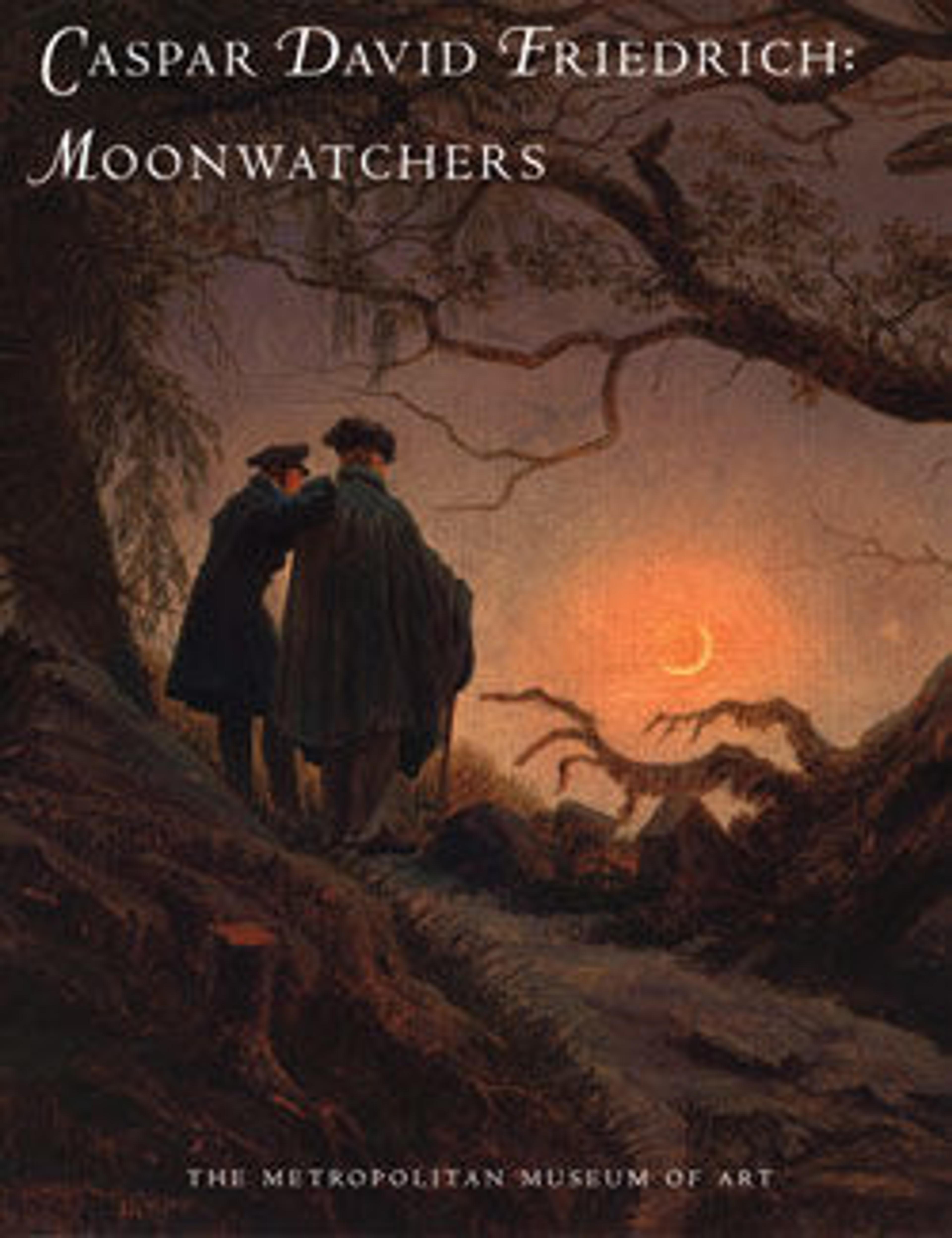
Caspar David Friedrich: Moonwatchers
56 pages
45 illustrations
This title is out of print.
Director's Foreword
Acknowledgments
Note to the Reader
Moonwatchers
Sabine Rewald
Friedrich and Two Danish Moonwatchers
Kasper Monrad
Catalogue
Sabine Rewald
Selected Bibliography
Met Art in Publication
Jan van Eyck
ca. 1436–38
Multiple artists/makers
n.d.
Caspar David Friedrich
ca. 1825–30
You May Also Like
A slider containing 5 items.
Press the down key to skip to the last item.
Press the down key to skip to the last item.
Citation
Rewald, Sabine, and Kasper Monrad. 2001. Caspar David Friedrich: Moonwatchers. New York : [New Haven, Conn.]: Metropolitan Museum of Art ; Yale University Press.
